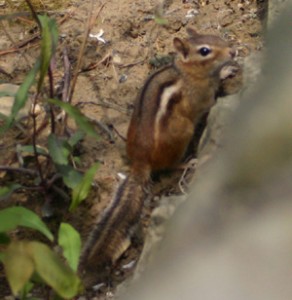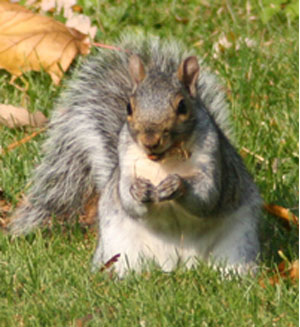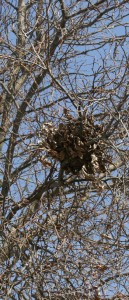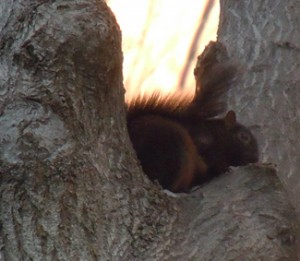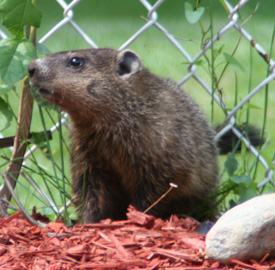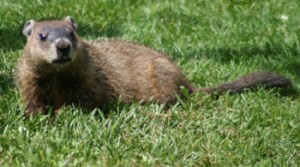White-Tailed Deer
General:
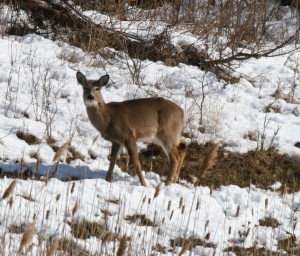
The white-tailed deer also known as the Virginia deer or simply as the whitetail, is a medium-sized deer native to the United States.
Many times when deer and humans meet it can be expensive: Annual estimates of deer damage are reported to exceed $2 billion nationwide, including $1 billion in car damages, more than $100 million in agricultural crop damage, $750 million in damage to the timber industry, and more than $250 million in damage to metropolitan households (e.g., landscape plantings). These estimates are conservative, and it is often difficult to obtain reliable statistics for wildlife-related losses.3
Whenever you see a deer with antlers, you are looking at a male, called a buck. It has been observed that about 1 in 10,000 females, called does, also have antlers but with those numbers you will probably
never see a doe with antlers. Antlers are fast growing tissue. Antlers can grow at 1” – 2” per week. Growth starts in the spring. “Velvet” covers the growing antler. The velvet provides blood supply making the antler bones grow. When the antler has finished growing the velvet dies and buck uses trees and shrubs to rub off the velvet and “polish” their antlers. When scrapping off the velvet on small trees the buck also shreds the bark right off the tree. Looking for these “buck rubs” is one thing to look for when scouting land before hunting season. Genetics, age and diet contribute to the antler’s development.
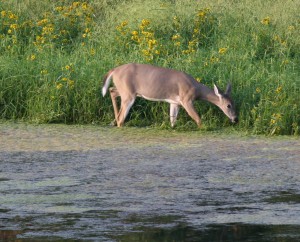
Deer shed antlers after mating season when all does have been bred. If by chance there are does that have not been bred the bucks may retain their antlers. 1
Female deer give birth to one to three young at a time, usually in May or June and after a gestation period of seven months.
Check out our deer video on facebook https://www.facebook.com/TradersCreek/
Identification:
The white-tail’s coat is a reddish-brown in the spring and summer and turns to a grey-brown throughout the fall and winter. The deer can be recognized by the characteristic white underside to its tail, which it shows as a signal of alarm by raising the tail during escape.
Male white-tailed deer weigh in at approximately 130 lbs. to 290 lbs. while some can grow to in excess of 350 lbs. The female weigh in at approximately 88 lbs. to 200 lbs. White-tailed deer from the tropics as well as from the Florida Keys tend to be smaller averaging 75 lbs to 110 lbs From nose to tail, white-tailed deer average about 3’ – 7’ and are approximately 2’ – 4’ at the shoulder.
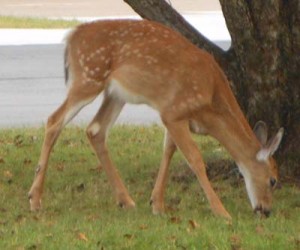
Diet:
The white-tailed deer is a ruminant, which means it has a four-chambered stomach. Each chamber has a different and specific function that allows the deer to quickly eat a variety of different food, digesting it at a later time in a safe area of cover.
Whitetail deer are primarily herbivores. They eat a wide variety of plant foods including: legumes, leaves, hay, grass, clover, acorns/forest nuts, pine needles, tree bark, tree buds, fungi, fruits (apples, etc), farm produce (corn, etc) and grasses. When researching about the foods Whitetail deer eat I discovered that they have been known to opportunistically feed on nesting songbirds and field mice.2
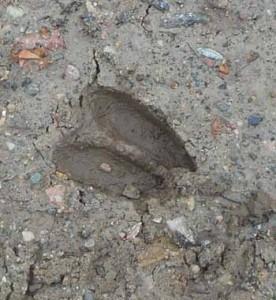
1. Deer and Deer Hunting TV 12/17/11
2. The American Midland Naturalist; University of Notre Dame; Oct 2000
3. http://wildlifecontrol.info/pubs/documents/deer/deer_factsheet.pdf
